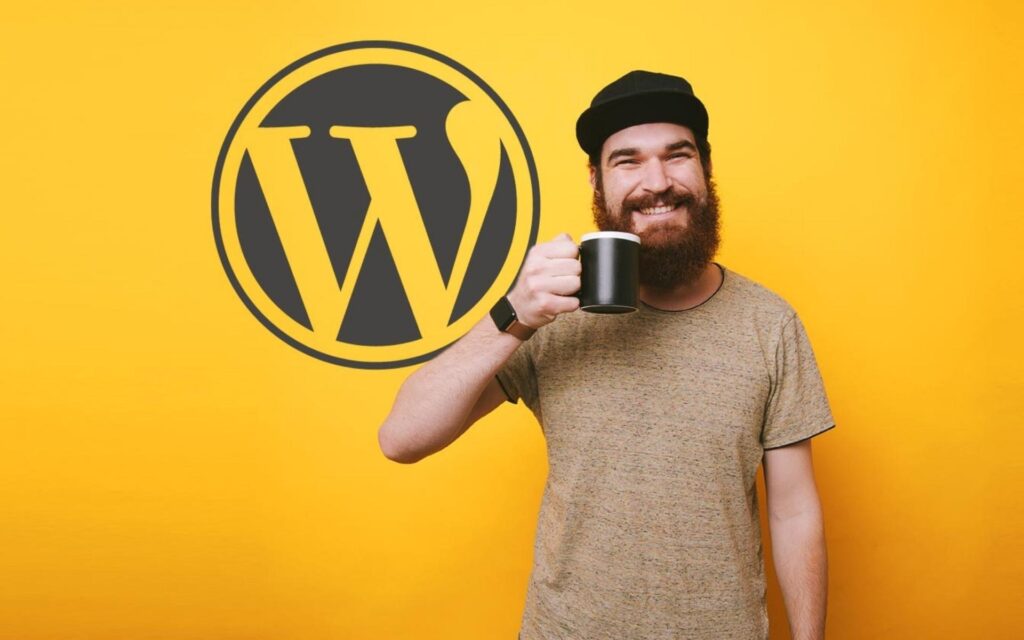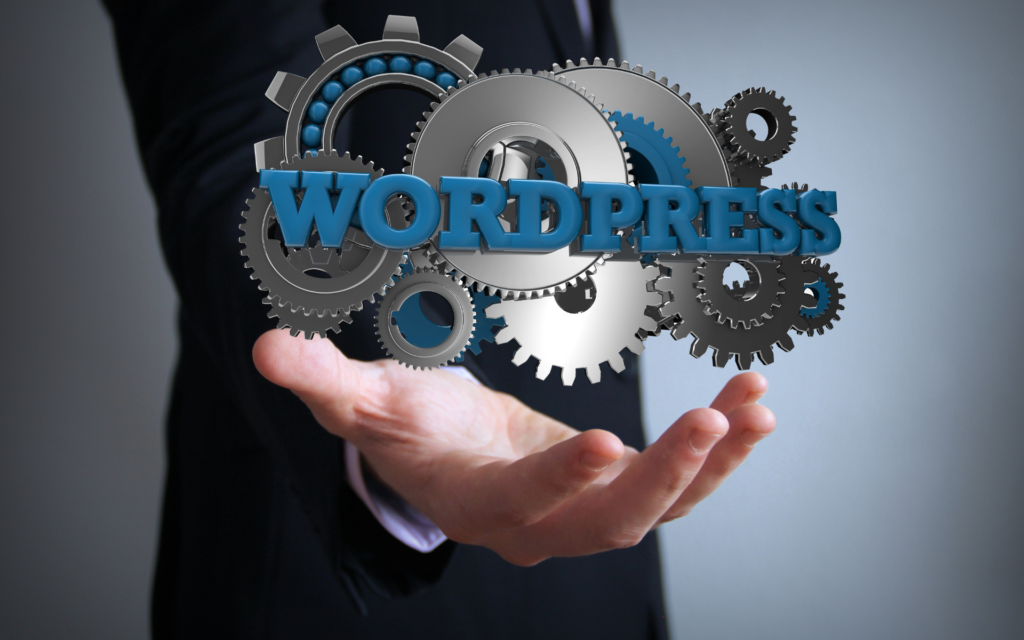WordPress Releases Gutenberg 13.7 – Focused on Workflow and Better UI

Gutenberg 13.7 improves the workflow, better control of the editor for all sites as well as numerous enhancements in the interface for users.
WordPress has released Gutenberg 13.7 which includes numerous improvements which improve workflow, give more control access to the entire editing editor, and a variety of enhancements to the user’s interface.
As with any other release by WordPress, this one can be described as an incremental upgrade, but is not a completely new experience.
However, the editing process should feel more natural and easy.

Block Locking Provides Greater Control
13.7 provides further enhancements in the capability to lock block elements in order to stop their movement.
The latest enhancement is that users can now use locks to prevent any elements inside a locked block.
When you select an option to toggle or a toggle, the lock feature used on a block may be passed on to other blocks it houses.
Block Locking Menu
The option to lock a block will open a new menu which provides options to have more precise control of the blocks contained in the closed block.
Detail of Block Lock Modal
Modal Menus for Improved Popups
Modals, also known as popup menus, may appear over the pages in the process of being created where various modifications can be made, for instance, making changes to preferences.
What this change does is add blurring to the document which is under the menu.
The blurring of the page beneath the popup menu in modal mode helps improve the clarity of the menu.
A concern was raised regarding this function (while the feature was being developed) which was concerned about the possibility of users losing their understanding of what was changing due to the blurring.
It was suggested by the researchers that, in some instances blurring the background could result in the user being unable to comprehend the changes taking place and thus remove the context.
The person who wrote:
“I have just discovered a potential usability problem in the event that an aspect outside of the Modal is closely connected to what is in the mod.
For instance, if you try to change an item within the List View to apply or remove the Lock and the Modal opened, you will not be able to be able to see the (particular) block you’ve marked …”
The solution to this issue was that when the content needs to be maintained in view, then the popup (popup) menu isn’t the most user-friendly interface. This means that blurring shouldn’t be an issue since the modal menu isn’t utilized in cases where the source document has to be used by the user to reference it.
“…generally being used is a good choice if you want to view both the contents of the modal as well as the rest of the UI the modal likely to not the most appropriate choice.”
Template System Gives You Additional Control Over Design
This upgrade provides users with the possibility of creating additional templates that are specific to specific categories, tags, pages, and even specific post type types.
As per WordPress:
“For example, you could use a different template for every individual blog post, a separate template for all developer-related blogs, and a final one for all travel-related posts.
If your site has registered other types of posts, such as books or other products, Your editor instance will list these in the box under the”Add New Template button.”
This is an excellent upgrade because it eliminates one of the most significant limitations and allows users to create more appealing websites by using the Gutenberg full editor for sites.
Enhancements to Workflow
Additional improvements are intended to enhance efficiency and speed up workflow by offering more options.
The most notable change is the option to choose an image featured by selecting the placeholder media instead of uploading it or selecting one from the media library.
Screenshots of the Featured Enhanced Modal
The reason behind this improvement is explained within the pull request:
“This PR permits supporting media blocks to provide users with the possibility of starting with an image of the main idea derived from an initial placeholder.
Why? To keep from having to choose another option to have the chance, and also since the image that is featured will now be hidden under”Add Media” block control “Add media” block control that is in the flow of replacing media.”
New: It’s time to Read
The capability to determine the time it takes to read the documents is an exciting feature added.
The new feature is included in the info bar on the Post Editor screen that currently offers feedback on the number of characters, words, and heading elements used in the post and the number of paragraphs and blocks.
The time it takes for an average reader to read a book is a handy data point.
The Sidebar’s Settings Panel’s User Interface Enhanced
Another example of the new user interface can be seen in the settings panel for the sidebar, which is updated to make it easier to use.
Its layout is user-friendly and straightforward to navigate and select from the menu options.
WordPress explained the new interface:
“The result will be a cleaner and more organized display which can help you find all the details about your page or post in a single glance.”
A LOT OF CHANGES
The updated Gutenberg 13.7 is an update cumulative in nature and is not a significant alteration from the prior version. It is possible that the improvements won’t leap out, but they’ll contribute to a more effortless editing experience.
This update is a touchstone for almost every aspect of the Gutenberg editor, including new features like a color selector, enhanced document settings, a more efficient editing experience on the whole site, and various bugs that have been fixed.

